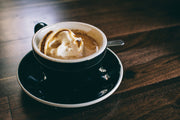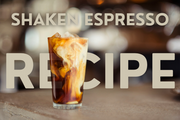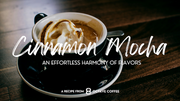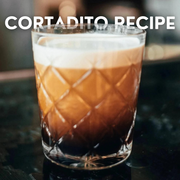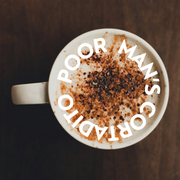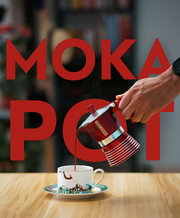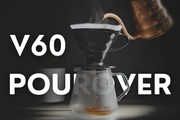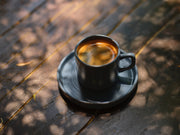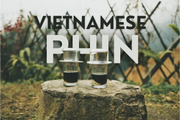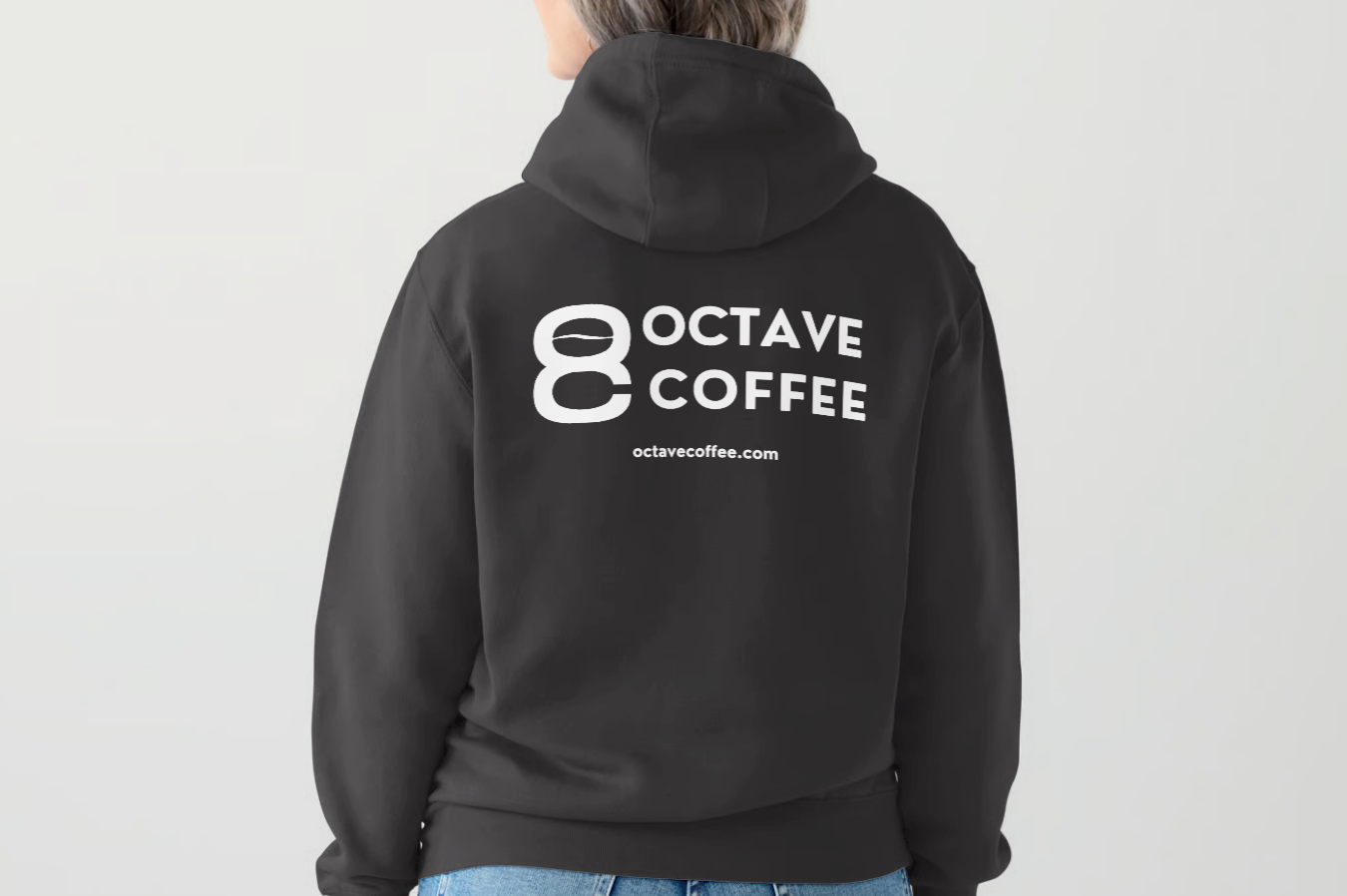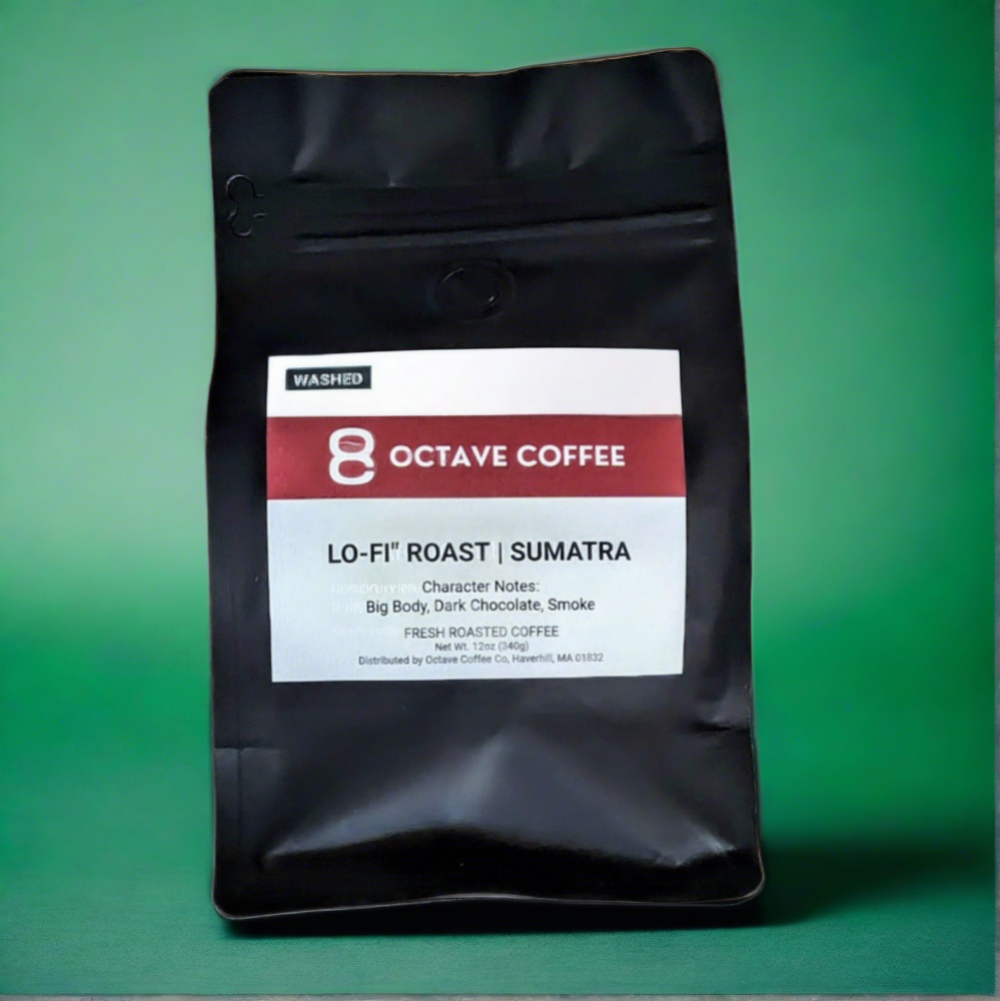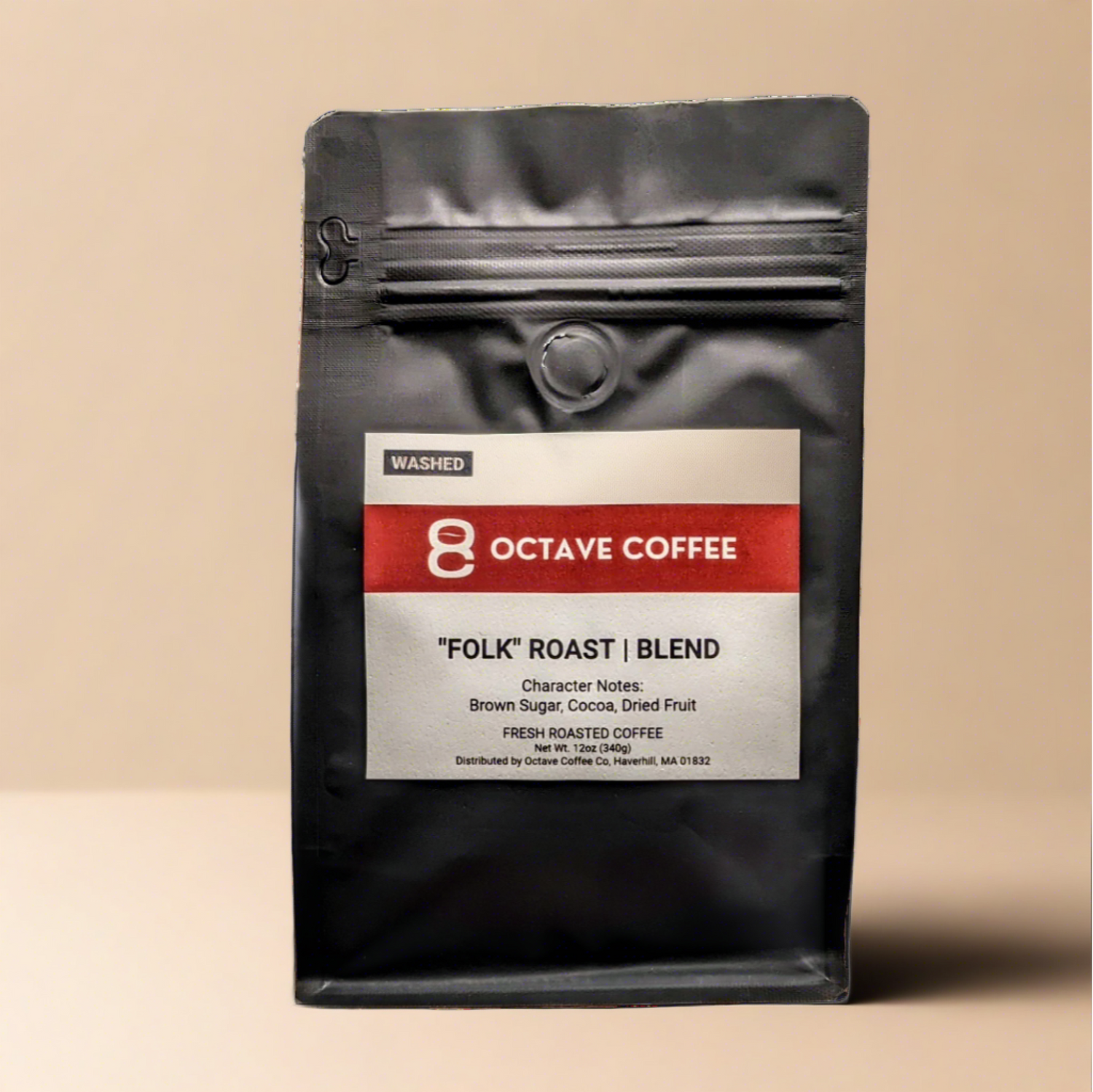I sometimes reminisce about Sunday School (Church) Picnics growing up, the aroma of coffee brewing from a "Senior Saint's" percolator still lingers in my memory.
Sitting in those happy thoughts, I invite fellow coffee enthusiasts to join me in discovering various techniques that add to the traditional percolation method.
Let's study the workflow and features of both immersion and percolation. Hopefully we can add practical tips to improve the flavor of your coffee and make your daily ritual more enjoyable.
Percolation vs. Immersion Brewing
| Aspects | Percolation | Immersion |
|---|---|---|
| Process | Water passes through coffee grounds | Coffee grounds soak in water |
| Methods | Drip coffee, espresso machines | French press, cold brew |
| Speed | Usually faster | Requires soaking time |
| Flavor | Can be lighter and cleaner | Often fuller-bodied and robust |
| Control | Precise control over extraction | Less control over extraction |
Contents:
- Immersion Brewing: A Deep Dive
- Percolation Brewing: The Art of Flow
- Choosing Your Brew: A Personal Odyssey
- Conclusion
Immersion Brewing: A Coffee "Bath"

The Soak:
In immersion brewing, you fully submerge the coffee grounds in water, letting them soak for a period of time. The French Press, Clever Dripper and Cupping are all immersion methods. this contact allows various flavor compounds from the coffee grounds to dissolve into the water, due to a couple factors like solubility and diffusion. During this process, a series of chemical reactions takes place, revealing the intricate flavor profile naturally present in the coffee beans.
Common Methods:
In the case of a French press, hot water interacts with coarsely ground coffee, extracting solubles like acids, sugars, and oils. The pressing action then separates the liquid from the grounds, providing real-time visual information about the brewing process. This method is quick, taking only a few minutes to achieve.
Cold brew relies on a different approach, steeping coffee grounds in cold or room temperature water for an extended period of time, usually 12-24 hours. The prolonged steeping time allows for a gradual extraction of flavors, resulting in a smoother and less acidic beverage. The cold brew method unfolds the coffee's flavors slowly, accentuating subtle and sweet notes.
Taste Profile:
Immersion brewing, like in the French press and cold brew methods, creates a bold and full-bodied coffee experience. The French press delivers an intense flavor quickly, emphasizing the intricate tasting notes for those who enjoy depth. In contrast, cold brew unfolds a smoother and less acidic profile over an extended steeping time, highlighting subtle sweetness and chocolatey tones. Both methods showcase the versatility of immersion brewing, offering varied taste experiences for coffee enthusiasts. Whether you prefer the robust intensity of the French press or the gradual flavor development of cold brew, immersion brewing provides a diverse and enjoyable journey through coffee flavors.
Percolation Brewing: The Art of Flow
The Flow:
Percolation stands in contrast to immersion brewing methods, involving the movement of water through coffee grounds to extract flavors during its passage. Drip coffee makers and pour-over setups exemplify this percolation process, providing a notable emphasis on controlling crucial variables such as water flow and grind size.
In percolation, water steadily moves through the coffee grounds, extracting soluble compounds and flavors as it travels. Drip coffee makers regulate this flow systematically, ensuring a consistent and controlled extraction, while pour-over setups empower users to fine-tune factors like water flow rate and the coarseness of coffee grounds.
The precision in managing these variables is essential in percolation, influencing the resulting taste profile and making it a method appreciated for its ability to tailor the brewing process to individual preferences.
Common Methods:
 This rhythmic flow is crucial for achieving uniform saturation of the coffee grounds.
This rhythmic flow is crucial for achieving uniform saturation of the coffee grounds.
As water passes through the coffee bed, it extracts soluble compounds such as acids, oils, and caffeine. The drip rate is carefully calibrated to optimize extraction, ensuring a balanced flavor profile.
Pour-over coffee setups offer a hands-on approach,
allowing you to "dial-in" different variables. The key thought involves a controlled, manual pouring of hot water over a filter containing the bed of coffee grounds.

This method emphasizes precision in water distribution, enabling the brewer to target specific areas of the coffee bed.
The slower pour rate permits extended contact between water and grounds, enhancing flavor extraction. Enthusiasts can experiment with variables like pouring technique, water temperature, and grind size for a customized brewing experience.
Taste Profile:
Percolation gives a clean, crisp taste with a distinct clarity of the flavors the coffee possesses. If you looking for a cup of coffee that highlights the nuanced aspects of your coffee beans, percolation might be your choice. The result often highlights the inherent qualities of the beans, offering a beverage with clarity, depth, and a discernible representation of the coffee's origin and varietal nuances. If you seek a coffee experience that emphasizes the intricate flavors within your beans, percolation could be the preferred route for achieving a truly nuanced cup.
Choosing Your Brew: A Personal Choice
Consider Your Options:
Your choice between immersion and percolation should align with your taste preferences. If you lean towards bold, intense flavors, immersion might be your calling. For those who prefer a lighter, more nuanced taste, percolation beckons.
Ease of Use:
Immersion methods, such as the French press, are often simpler for beginners, requiring minimal setup. Percolation methods offer more control, but may demand a bit of experimentation and practice. The simplicity lies in the immersion of coffee grounds in hot water, allowing for an even extraction. Novice brewers can appreciate the ease of use and consistency in producing a full-bodied cup of coffee with distinct flavors.
At the same time, percolation methods offer a greater degree of control over the brewing process, but may end up introducing a learning curve for newbies. Whether using a drip coffee maker or pour-over setup, mastering percolation often involves experimenting with variables like grind size, water temperature, and pouring technique. While this may demand a bit of practice, the upside is the ability to fine-tune the brewing workflow, to achieve a personalized and tailored cup of coffee, making percolation an attractive choice for those willing to invest a little bit more time and effort in their coffee prep.
Time Matters:
Immersion brewing, especially in the category of cold brew, requires a significant time investment—patience becomes a key ingredient, but the result is a rewardingly deep and rich flavor profile. On the flip side, percolation, with the control of water flow, caters to those with time constraints, offering a quicker path to a well-crafted cup of coffee without compromising on taste.
Conclusion:
Choosing between immersion and percolation in coffee brewing is a personal decision. Experiment, find what you like, and enjoy the process as you bring out the best in your coffee beans using the method that suits your taste and lifestyle.
Happy brewing!




